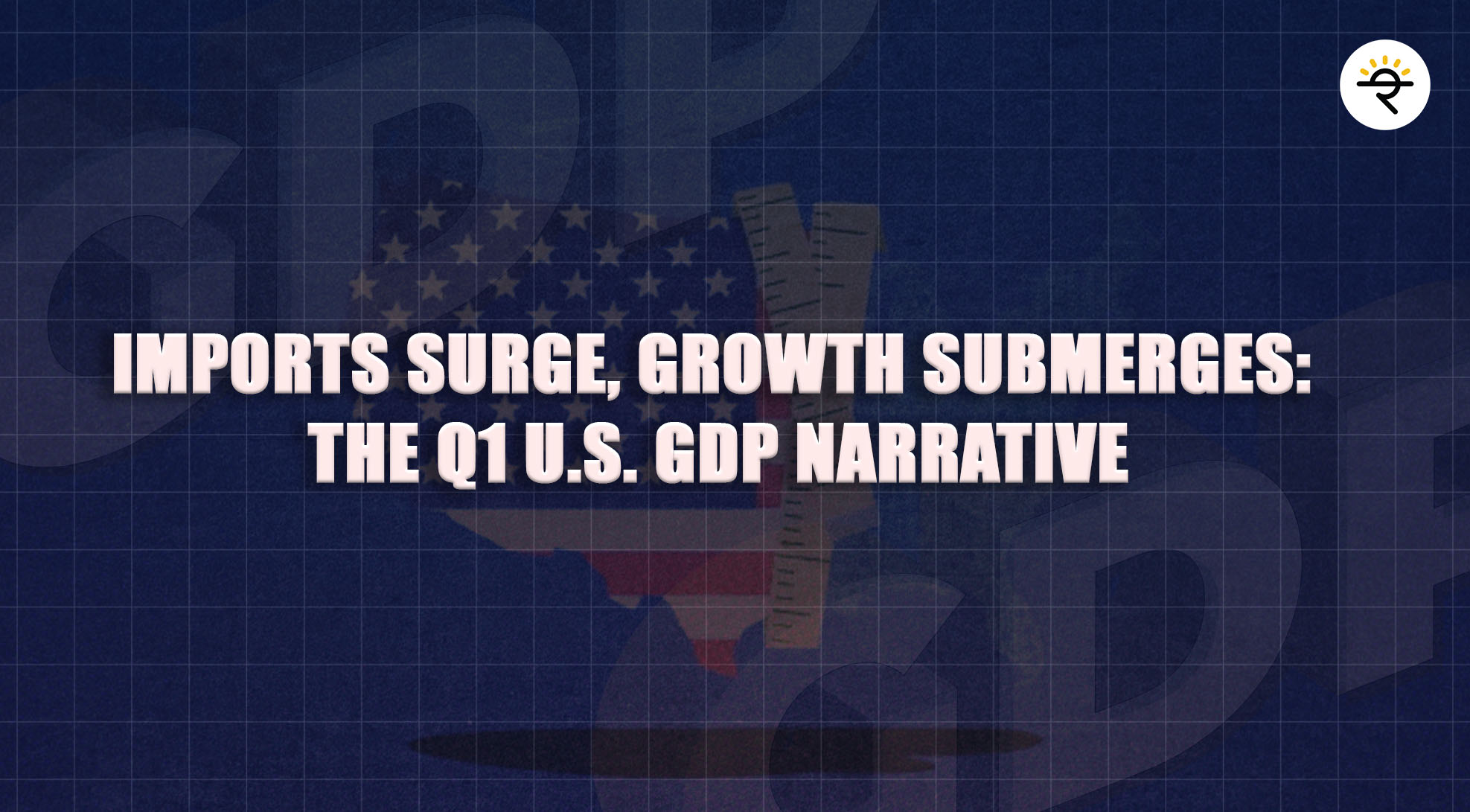There are no items in your cart
Add More
Add More
| Item Details | Price | ||
|---|---|---|---|

Impact Analysis
So, what does a U.S. slip mean for Indian markets?
1. Export & IT Services: A slower U.S. could dampen software exports and remittances if U.S. corporate budgets tighten. But brighter consumer spending in the U.S. hints at selective resilience.
2. Foreign Flows & Sentiment: FPIs have bought Indian equities for 11 straight sessions—their longest inflow streak in two years—signaling that India still captures global investors’ interest, even amid U.S. uncertainty.
3. Currency Strength: The rupee climbed 0.7% to 83.83, aided by dollar sales from foreign banks and bullish FPI flows. A firmer rupee tempers import‑cost pressures but could weigh on exporters.
4. Monetary Policy Projections: With the U.S. Federal Reserve likely to hold rates steady in light of the GDP surprise, the Reserve Bank of India may feel less pressure to hike—keeping borrowing costs supportive for domestic growth.
Overall, India’s markets remain on an upswing—driven by home‑grown optimism and strategic global allocations—even as they navigate the mixed signals from the world’s largest economy.
Investor Sentiment & Caution
This blog is for educational purposes only—think of it as a friendly chat, not a buy/sell signal. Always do your own homework or consult a professional before making investment decisions.